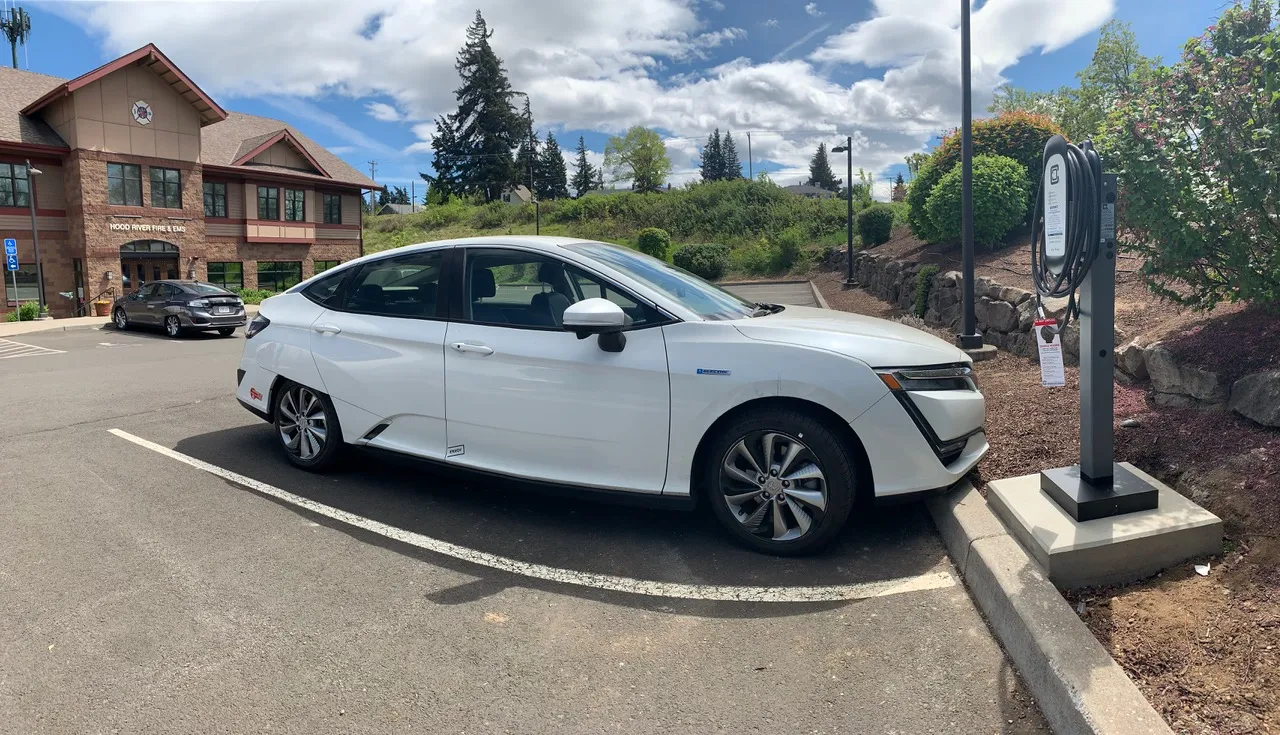New research by the Campaign for Better Transport (CBT) has revealed Peterborough, Colchester and Milton Keynes as the hardest places in England to live if you don't have access to a car. Meanwhile, London, Manchester and Liverpool have emerged as the easiest.
The new research compares how different towns and cities measure up in areas including public transport provision, facilities for cycling and walking, and land use planning policies that support sustainable transport.
Stephen Joseph, chief execu
December 15, 2014
Read time: 3 mins
New research by the Campaign for Better Transport (CBT) has revealed Peterborough, Colchester and Milton Keynes as the hardest places in England to live if you don't have access to a car. Meanwhile, London, Manchester and Liverpool have emerged as the easiest.
The new research compares how different towns and cities measure up in areas including public transport provision, facilities for cycling and walking, and land use planning policies that support sustainable transport.
Stephen Joseph, chief executive, Campaign for Better Transport said: "To be good places to live and work, towns and cities need good transport. The most successful places in our research give people a choice in how you get around. They have good quality public transport, plan new development thoughtfully and make it easy and safe for people to cycle and walk.
"There is a lot that Government can do to make our cities less car dependent. What emerges strongly from the research is that local control often goes hand in hand with smarter policies and better targeted investments. More devolution to English cities could mean more integrated and greener transport networks that make our towns and cities better places."
Key findings from the 2014 Car Dependency Scorecard include:
London's extensive public transport network and policies that encourage alternatives to driving make it the least car dependent city in the survey. The capital's control of its transport policy offers lessons for other cities and policy makers keen to reduce car dependency.
Manchester and Liverpool rank very highly, reflecting policies to increase urban density by focusing development on brownfield sites. Both cities have achieved over 90 per cent of new building on brownfield sites. There is also support for walking, cycling and public transport and potential for more devolved decision making in the future.
At the opposite end of the table, the Scorecard shows the longstanding difficulty that New Towns have with car dependency. Milton Keynes comes last in many of the metrics. The spread out, low density planning means longer distances for people to travel, and a road system much better suited to car use than cost-effective public transport.
Similarly, Peterborough has weaknesses in its public transport infrastructure and heavy reliance on cars. There are some signs of hope, however, as many people already cycle regularly, showing there is scope for improvement and a will for active travel.
Colchester ranked lowest for accessibility and planning. Out of all the cities, residents in Colchester are least likely to be able to get to primary school, work or the town centre by walking or public transport. Recent development has also been spread around the edges of the city, meaning longer journey times.
Newcastle, Cambridge and Brighton also rank highly because of investment in car-free transport options, despite having lower building density. All three outperform Leicester, Southampton and Luton despite their much higher population densities.
There are also a number of cities where bypasses are currently being considered, such as Stockport, Norwich and Northampton. The policy decision must be made here whether to concentrate on building new roads and becoming more like the car dependent cities towards the bottom of the scorecard, or to choose another direction as cities at the top have done, with investment and encouragement of alternative modes of transport.
The new research compares how different towns and cities measure up in areas including public transport provision, facilities for cycling and walking, and land use planning policies that support sustainable transport.
Stephen Joseph, chief executive, Campaign for Better Transport said: "To be good places to live and work, towns and cities need good transport. The most successful places in our research give people a choice in how you get around. They have good quality public transport, plan new development thoughtfully and make it easy and safe for people to cycle and walk.
"There is a lot that Government can do to make our cities less car dependent. What emerges strongly from the research is that local control often goes hand in hand with smarter policies and better targeted investments. More devolution to English cities could mean more integrated and greener transport networks that make our towns and cities better places."
Key findings from the 2014 Car Dependency Scorecard include:
London's extensive public transport network and policies that encourage alternatives to driving make it the least car dependent city in the survey. The capital's control of its transport policy offers lessons for other cities and policy makers keen to reduce car dependency.
Manchester and Liverpool rank very highly, reflecting policies to increase urban density by focusing development on brownfield sites. Both cities have achieved over 90 per cent of new building on brownfield sites. There is also support for walking, cycling and public transport and potential for more devolved decision making in the future.
At the opposite end of the table, the Scorecard shows the longstanding difficulty that New Towns have with car dependency. Milton Keynes comes last in many of the metrics. The spread out, low density planning means longer distances for people to travel, and a road system much better suited to car use than cost-effective public transport.
Similarly, Peterborough has weaknesses in its public transport infrastructure and heavy reliance on cars. There are some signs of hope, however, as many people already cycle regularly, showing there is scope for improvement and a will for active travel.
Colchester ranked lowest for accessibility and planning. Out of all the cities, residents in Colchester are least likely to be able to get to primary school, work or the town centre by walking or public transport. Recent development has also been spread around the edges of the city, meaning longer journey times.
Newcastle, Cambridge and Brighton also rank highly because of investment in car-free transport options, despite having lower building density. All three outperform Leicester, Southampton and Luton despite their much higher population densities.
There are also a number of cities where bypasses are currently being considered, such as Stockport, Norwich and Northampton. The policy decision must be made here whether to concentrate on building new roads and becoming more like the car dependent cities towards the bottom of the scorecard, or to choose another direction as cities at the top have done, with investment and encouragement of alternative modes of transport.










